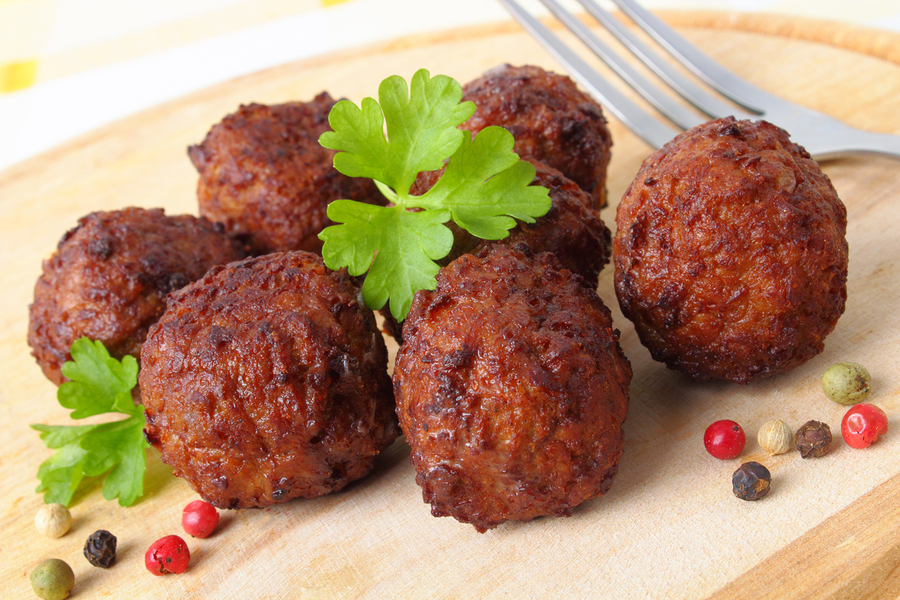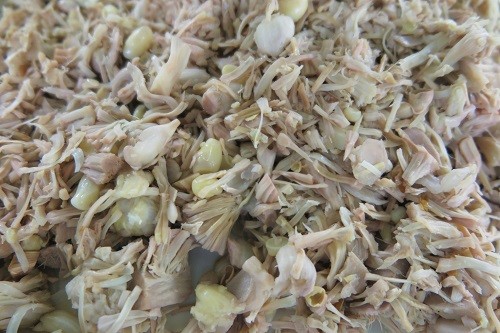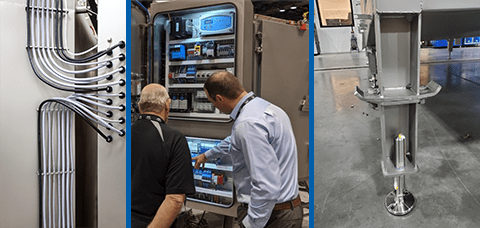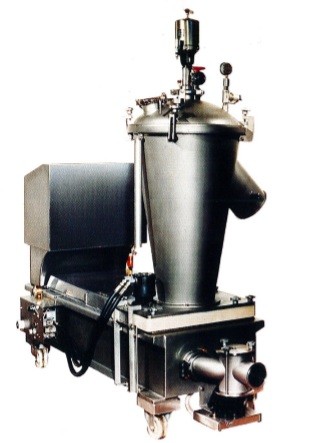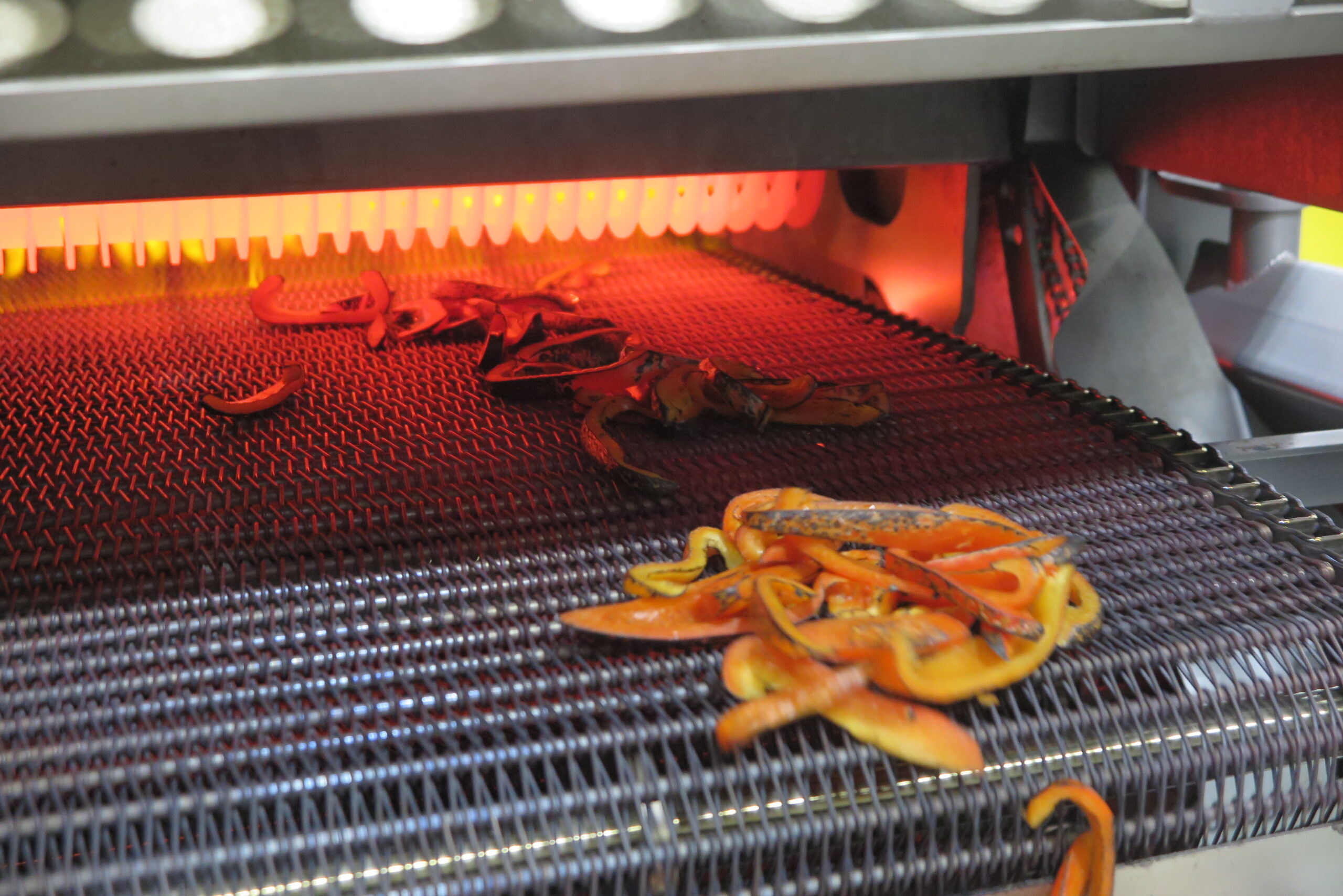The meatball is a global comfort food that continues to be popular today. Some have described the current excitement around meatballs as a ‘spinoff of the hyper-creative, consumer-welcomed burger trend.’ And as comfort foods continue to be popular post-pandemic, consumers are looking for convenient options that can add to their at-home dining experience. At the same time, consumers are more likely to choose food products which promote wellness, or at least don’t contribute as much to food indulgence and dietary backsliding.
Making a meatball is a simple process that takes ground meat(s) rolled into a small ball, sometimes with other ingredients such as spices or breadcrumbs, that is then cooked. Though simple, changes in ingredients and cooking techniques can greatly improve the taste and texture of the meatball. The perfectly cooked meatball’s texture should be smooth, light, and bouncy. The fat content in the meatball makes them juicy, and the crust developed on the exterior enhances the flavor. The Italian tradition is to then finish cooking the meatball in sauce. Food processors will benefit from understanding how to enhance each part of the meatball manufacturing process so that they will cook the perfect meatball and satisfy consumer’s comfort food preferences.
Meatballs: A Mixture of Meats or Meat Alternatives?
Meatballs start with a base of one or more minced meats, to which food processors can add a variety of different ingredients. The rising consumer trend to choose more ‘flexitarian’ or vegan options has also driven the development of alternative protein meatball options; for example, Beyond Meat recently launched Beyond Meatballs in grocery stores, allowing flexitarian and vegan consumers to choose a meatless alternative to the classic comfort food. Future Market Insights now predicts the global plant-based meatballs market to rise at 23% (cost-adjusted growth rate) between 2020 and 2030. Both traditional meatball producers and plant-based meatball producers will benefit from tips on how to cook the perfect meatball at an industrial level with continuous cooking equipment.
Self-Basting During Continuous Thermal Processing Benefits Yields
The juiciness of the meatball comes from its own natural fat content, fat which will render out as a natural part of the cooking process. The Marlen Spiral Oven is designed to recapture the product’s juices to help maximize yield. The continuous belt of the Spiral Oven moves product up through the belt tiers as it cooks. As it ascends through the oven, the product’s juices will render and cascade from one belt tier to the one below, basting the product in its own juices much like how a home-cooked, pan-fried product would be prepared. However, ‘air frying’ in the Spiral Oven has an advantage over pan-frying: there is no added oil when the product is cooked, and it naturally self-bastes in its own juices. This adds marketability to a food product by being healthier and less food indulgent than pan-fried food products.
Impingement Produces Surface Browning Results
Great taste and texture of a meatball are largely due to the browning on the meatball’s surface. Browning is more than just color in your cooking. Browning adds flavor, savory crusts, and appealing aromas. When cooked in a Marlen Spiral Oven, additional browning of the meatballs can be dialed in by using the air impingement nozzles in the “finishing zone.” In this impingement zone, directionally-downward, high-velocity airflow is forcibly blown down upon the surface of the meatballs, which accelerates the Maillard reaction to create the desired browning surface effect. The air impingement enhances the finished product by adding natural flavor and surface texture during the final stage of cooking without the use of an oil fryer.
Flame Grill and Add Smoke for Unique Flavor Experiences
On top of the usual grilling and baking cooking methods, food processors can set their products apart from competitors by adding unique flavors to their meatballs. For instance, truly flame-grilled meats have great visual appeal and taste in comparison to their pan-fried variants, and the same holds true for meatballs. Once a novelty, now food processors interested in differentiating their products from their competitors can benefit from the surface treatment that a Marlen Afoheat™ Select Flame Searer provides to their meatballs before or after the continuous cooking process in the Marlen Spiral Oven. Additionally, consumer interest in smoky flavors and barbecue continue to be popular trends and can provide a unique marketability and added value to meatball products. Food processors can utilize the Marlen Afoheat™ Liquid Smoke Applicator in line with a Marlen Spiral Oven and/or Marlen Flame Grill to easily add a smoky flavor to their meatballs.












